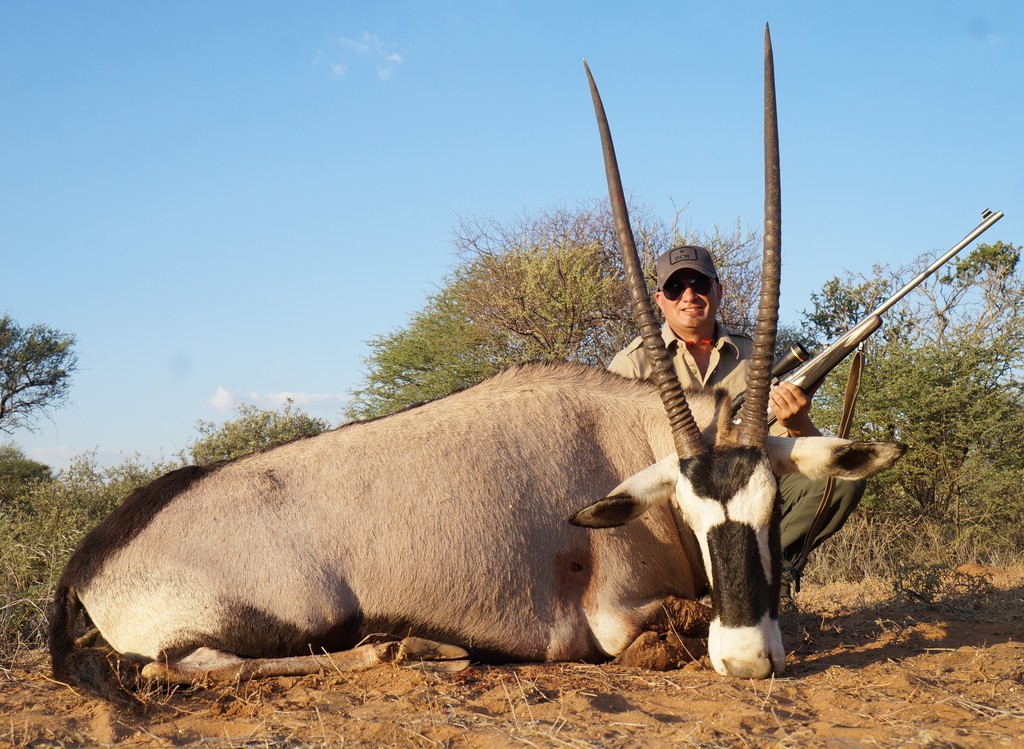- Joined
- Nov 7, 2015
- Messages
- 522
- Reaction score
- 1,538
- Location
- Zambia
- Website
- www.mbizisafariszambia.com
- Deals & offers
- 22
- Media
- 432
- Articles
- 1
- Member of
- Full member of: IPHA / PGOAZ / WPAZ / OPHAA / DSC / SCI
- Hunted
- Zambia Zimbabwe Tanzania RSA Cameroon Namibia Gunea Bissau
Morning All, I had the feeling that most big bore quality barrels can shoot well down to 22" barrel length if you take your time to find the optimal load/brand of powder and the right bullet. This is from a 416 Taylor shooting in a 22" Lothar Walther barrel. 68,2 gr Vihtavuori N540 and Northfork 400 gr Soft on 80 yards. I will not go under 22" in a mag calibre or a calibre with with larger case volume.




